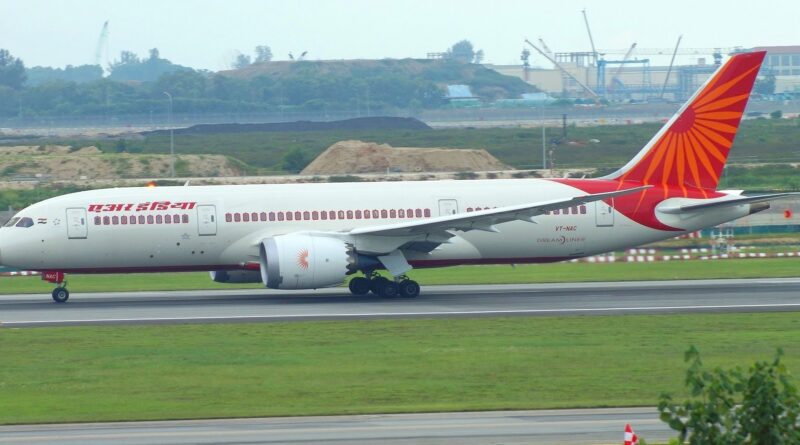Pilots’ Federation Seeks Full Electrical System Audit of Dreamliners After RAT Scare
Demand follows uncommanded deployment of Ram Air Turbine on Air India’s Birmingham-bound flight, raising concerns over aircraft’s power control systems
India’s pilots’ federation has urged the Directorate General of Civil Aviation (DGCA) to conduct a comprehensive inspection of the electrical systems in all Boeing 787 Dreamliner aircraft operating in the country. The call comes after an Air India Dreamliner flying from Amritsar to Birmingham experienced an uncommanded deployment of its Ram Air Turbine (RAT) during approach, an incident that has reignited concerns about potential faults in the aircraft’s power management architecture.
The flight, operating as AI-117, landed safely in Birmingham, and all passengers disembarked without incident. However, the automatic activation of the RAT—a device designed to supply emergency power when both primary power sources fail—has raised questions about possible glitches in the aircraft’s electrical control system.
According to pilots familiar with the matter, preliminary data from the aircraft’s health monitoring system indicated a fault in the Bus Power Control Unit (BPCU), a critical component that manages power distribution and switching across the aircraft. The Federation of Indian Pilots (FIP) has written to DGCA, emphasizing that the incident points to “latent vulnerabilities” in Dreamliner electrical systems that must be reviewed in detail.
The pilots’ body noted that RAT deployment at around 400–500 feet, without crew command, is “not a benign occurrence” and warrants a fleet-wide technical audit. They have also urged the regulator to ensure that inspections go beyond surface checks and include full system diagnostics, particularly of the BPCU and its associated sensors.
The DGCA has ordered a detailed probe into the Birmingham incident, while Air India has temporarily grounded the aircraft involved for inspection. The return flight was canceled, and alternate arrangements were made for passengers.
Previous Incidents Raise Red Flags
The call for wider scrutiny follows a series of scares involving the Dreamliner fleet in recent months. Earlier this year, a Boeing 787 operating as Air India flight AI-171 from Ahmedabad crashed shortly after take-off, claiming 260 lives. Investigators later found that the aircraft’s engine fuel control switches were turned off seconds after lift-off, though the cause of the action remains under investigation.
Some aviation experts have noted possible parallels between the systems affected in that crash and those involved in the Birmingham episode, suggesting the need for a broader look at electrical and power control systems in the Dreamliner series.
Looking Ahead
While no passengers were harmed in the latest incident, the pilots’ federation has cautioned that ignoring early warning signs could compromise flight safety. It has urged the DGCA to carry out preventive checks on all Dreamliners in Indian fleets and to coordinate with Boeing for a comprehensive technical review.
The outcome of the DGCA’s probe and the manufacturer’s response will likely determine whether further regulatory action or software updates are needed to ensure the long-term safety of India’s Dreamliner operations.




